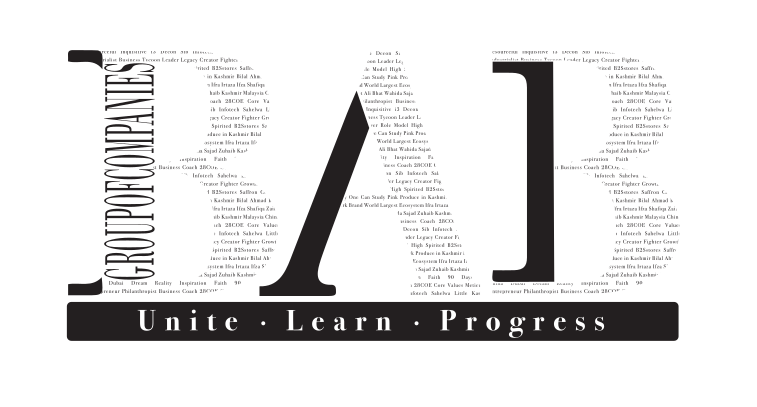In Daniel Kahneman’s seminal work “Thinking, Fast and Slow,” the Nobel laureate explores the dual systems of thinking that shape human decision-making processes. Dr. Bilal Ahmad Bhat, Founder of the BAB Group Of Companies, delves into the profound insights from this psychological masterpiece and its actionable implications for personal and professional growth.
- Understanding Dual Systems of Thinking
Kahneman introduces two modes of thinking: System 1 (fast, intuitive, and automatic) and System 2 (slow, deliberate, and analytical). System 1 operates effortlessly and quickly, relying on heuristics and intuition, while System 2 engages in deliberate reasoning and logical analysis.
- Cognitive Biases and Heuristics
“Thinking, Fast and Slow” exposes numerous cognitive biases and heuristics that influence decision-making. Awareness of biases such as anchoring, availability heuristic, and confirmation bias enables individuals to recognize and mitigate their impact on judgments and choices.
- Prospect Theory and Risk Perception
Kahneman’s research on prospect theory elucidates how individuals perceive and evaluate risks and rewards. Understanding the principles of loss aversion, framing effects, and probability weighting enhances decision-making in financial investments, business strategies, and personal life.
- Behavioral Economics in Practice
Behavioral economics integrates psychological insights into traditional economic theories, emphasizing human irrationality and predictably irrational behaviors. Applying behavioral economics principles enables organizations to design effective incentives, marketing strategies, and consumer behavior interventions.
- Practical Applications and Actionable Insights
- Decision-Making Strategies: Implement deliberate thinking (System 2) for complex decisions requiring analytical rigor and minimize reliance on intuitive judgments (System 1) in high-stakes scenarios.
- Bias Awareness: Foster a culture of bias awareness and critical thinking within organizations to enhance problem-solving and innovation.
- Risk Management: Apply prospect theory principles to assess risks objectively, mitigate cognitive biases, and optimize risk-return trade-offs in business ventures.
- Behavioral Design: Utilize behavioral insights to design user-friendly products, services, and interfaces that align with consumer preferences and enhance user experience.
Applying “Thinking, Fast and Slow” at BAB Group Of Companies
At the BAB Group Of Companies, principles from “Thinking, Fast and Slow” inform strategic decision-making processes, leadership development initiatives, and organizational culture. Dr. Bilal Ahmad Bhat advocates for integrating Kahneman’s insights into management practices to foster innovation, mitigate risks, and enhance operational efficiency.
Conclusion
“Thinking, Fast and Slow” revolutionizes understanding of human cognition, decision-making, and behavioral patterns. By embracing insights from Kahneman’s research, individuals and organizations can cultivate cognitive agility, improve decision quality, and navigate complexities with clarity and foresight. As Dr. Bilal Ahmad Bhat emphasizes, applying these principles empowers individuals to harness the power of both intuitive and analytical thinking, driving sustainable growth and success in an ever-evolving global landscape.

